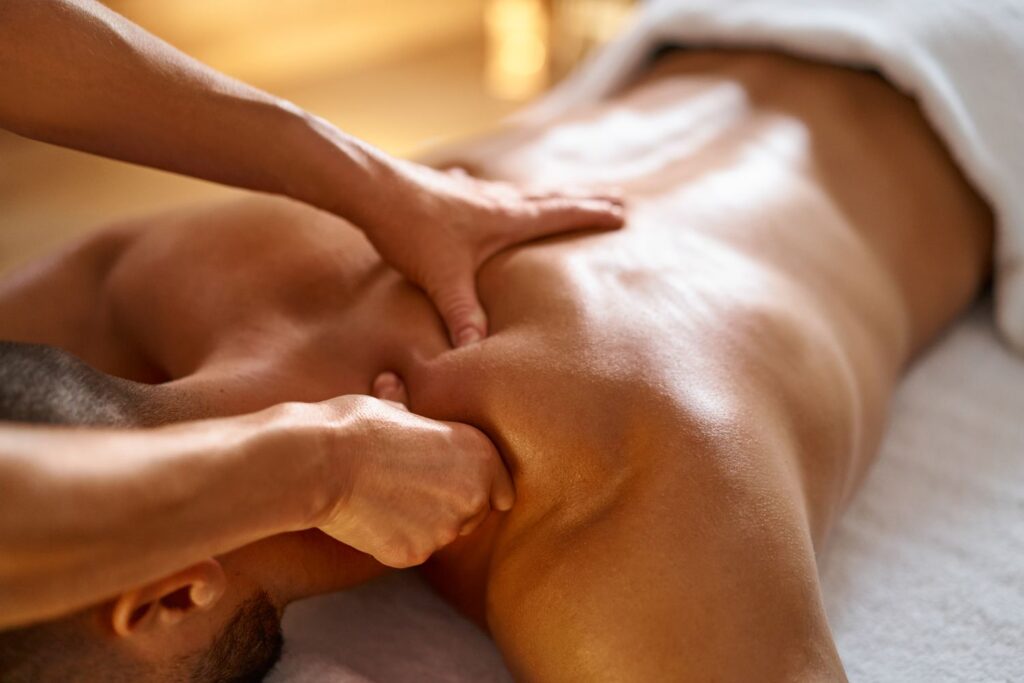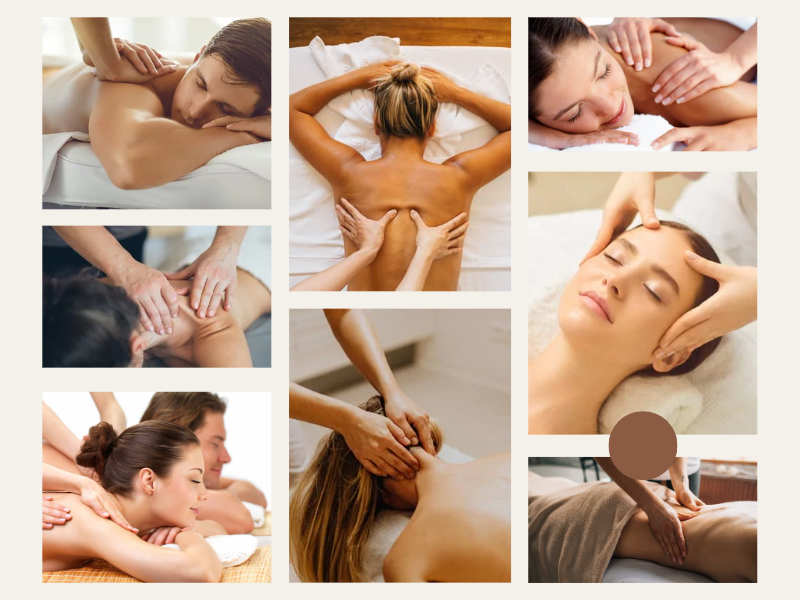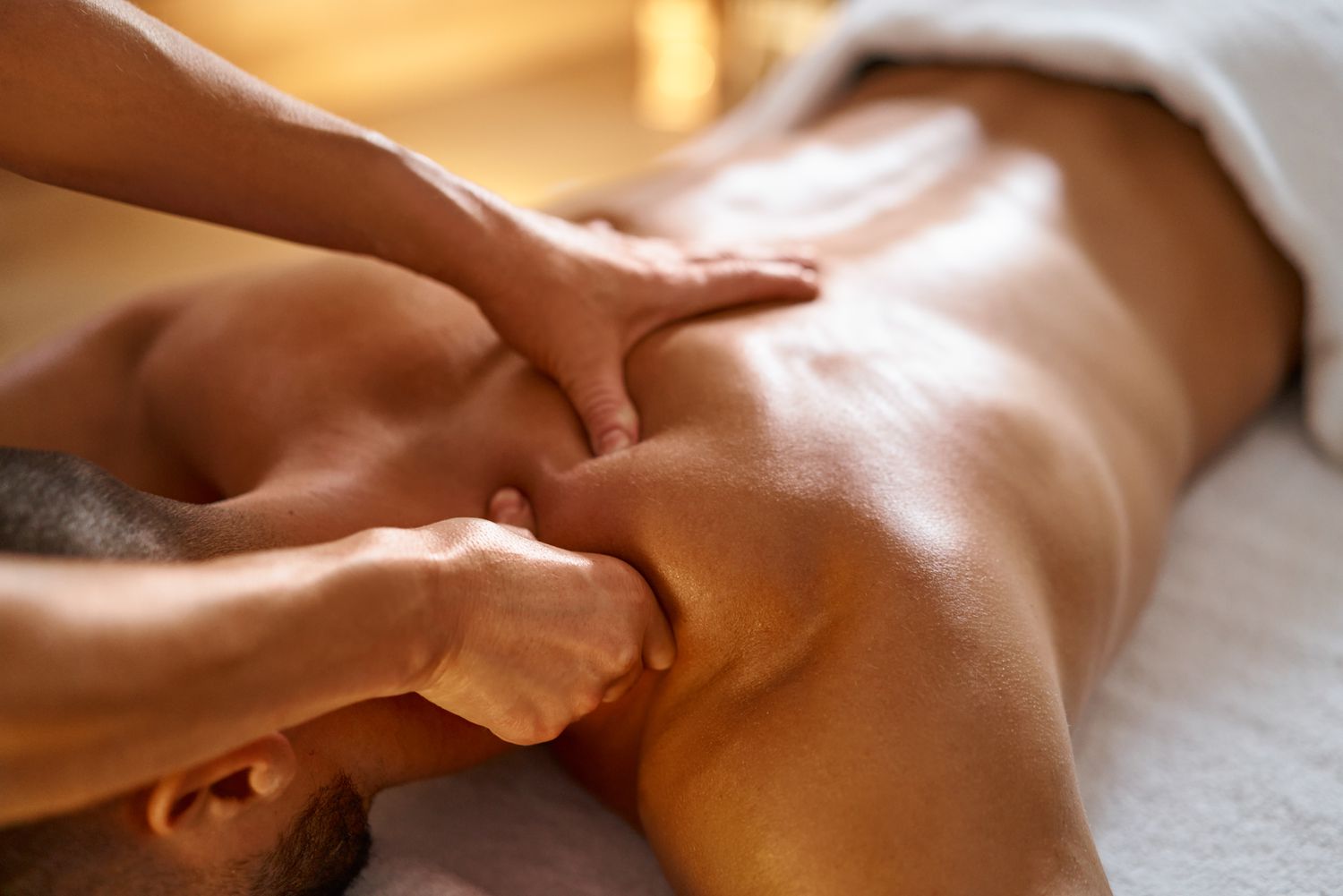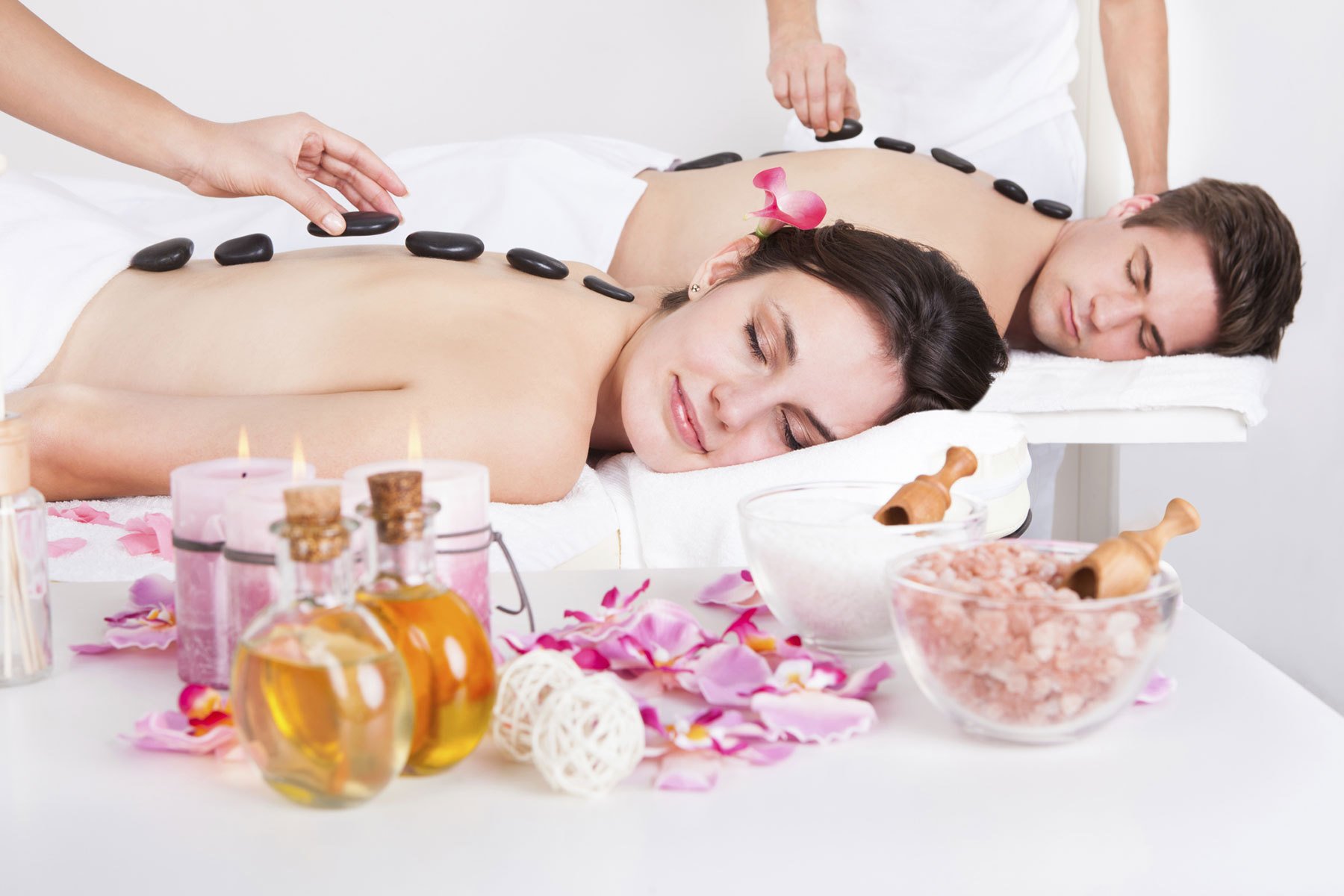Massages in Malaysia have long been a vital aspect of the country’s culture, blending ancient healing practices with modern wellness trends. With its diverse mix of ethnicities, including Malay, Chinese, Indian, and indigenous groups, Malaysia has developed a rich tradition of massage therapies, each offering unique benefits for relaxation and health. The practice of massage is deeply ingrained in Malaysian life, not only for its therapeutic benefits but also as a way to connect with the cultural heritage and history of the nation. Whether you’re seeking relief from physical ailments, looking to de-stress, or simply indulging in a luxurious spa treatment, Malaysia’s wide variety of massage options cater to different needs, preferences, and wellness goals.
One of the most popular types of massage in Malaysia is the traditional Malay massage, known as “Urut.” This practice is highly regarded for its deep tissue techniques, which aim to relieve tension, increase circulation, and improve overall body function. Typically, Urut involves firm pressure applied to specific areas of the body, especially where muscle tightness or pain is felt. Many massage therapists incorporate the use of herbal oils or balms, made from ingredients like lemongrass, eucalyptus, and turmeric, known for their soothing and anti-inflammatory properties. The therapeutic effects of Urut are especially beneficial for those suffering from muscle soreness, back pain, or even stress-related tension, making it a go-to treatment for anyone in need of relaxation and rejuvenation.
Chinese Tuina massage is another widely practiced form of therapy in Malaysia, deeply rooted in Traditional Chinese Medicine (TCM). Tuina focuses on the balance of “Qi” or energy within the body, with the goal of stimulating the flow of energy along the body’s meridians. Practitioners use a combination of pressing, kneading, and rolling techniques to address ailments such as muscle stiffness, headaches, and digestive issues. This form of massage not only targets physical discomfort but also aims to restore harmony to the body’s internal systems. Many people in Malaysia turn to Tuina for relief from conditions like chronic pain, fatigue, or general malaise, trusting in its holistic approach to healing and wellness.
Ayurvedic massage, with its roots in India, is also a significant part of the Malaysian wellness scene, especially in areas with a large Indian community. Ayurveda, the ancient system of natural healing, emphasizes the balance between the mind, body, and spirit, and Ayurvedic massage is used to restore this balance. In Malaysia, Ayurvedic treatments are often combined with the use of warm herbal oils tailored to an individual’s unique constitution, or “dosha.” This type of massage is designed to detoxify the body, improve circulation, and promote mental clarity. Many people seek Ayurvedic massage in Malaysia for its calming effects and its ability to relieve stress while promoting overall well-being.

As Malaysia’s wellness industry continues to grow, modern massage therapies have been incorporated into the traditional practices, offering a broader range of experiences for people seeking relaxation and healing. One such example is the Thai massage, which is a favorite among both locals and tourists. Thai massage is a dynamic therapy that combines elements of acupressure, deep tissue massage, and assisted yoga stretching. Known for its ability to relieve muscle tension, increase flexibility, and improve circulation, Thai massage is particularly sought after by individuals with active lifestyles or those recovering from physical exertion. In addition, aromatherapy b2b kl massage has become popular in Malaysia’s spas, offering a luxurious experience where essential oils are used to soothe the body and mind, elevating the massage experience into a sensory journey of relaxation.
The popularity of massages in Malaysia has also been fueled by the growth of wellness tourism. Malaysia, with its tropical climate and diverse culture, has become an attractive destination for tourists seeking rejuvenation and relaxation. Cities like Kuala Lumpur, Penang, and Langkawi are home to numerous high-end spas and wellness resorts that offer an extensive range of massages, from traditional therapies to modern treatments like hot stone massage, reflexology, and deep tissue techniques. Many tourists visit Malaysia specifically to experience the country’s renowned wellness offerings, which incorporate both traditional and contemporary massage practices. The country’s spas cater to international guests with a variety of packages, providing an all-inclusive experience that combines massages, wellness treatments, and relaxation therapies in a luxurious setting.
Massages in Malaysia represent a fusion of tradition and modernity, offering a rich tapestry of techniques designed to soothe the body, relieve stress, and enhance well-being. From the deep tissue healing of the traditional Malay Urut to the holistic benefits of Chinese Tuina and Ayurvedic therapies, massage practices in Malaysia are deeply rooted in cultural heritage while also embracing modern wellness trends. The country’s thriving wellness tourism industry ensures that both locals and visitors alike have access to high-quality treatments that promote relaxation and health. As the demand for wellness and self-care continues to rise globally, Malaysia stands out as a top destination for those seeking to experience the therapeutic benefits of its diverse massage offerings. Whether you’re looking for relief from physical discomfort or simply want to unwind, Malaysia’s rich massage culture offers the perfect opportunity for both healing and indulgence.



